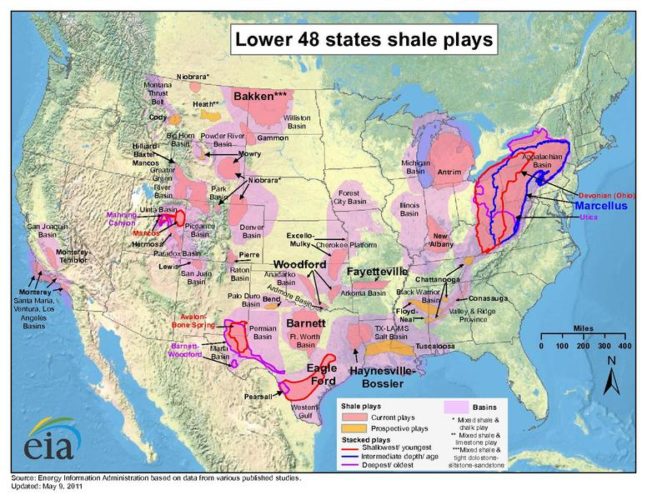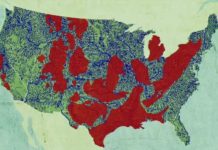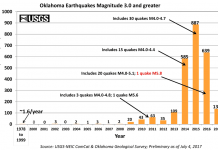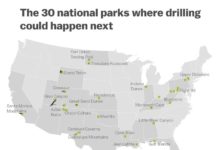Central Oklahoma has seen a massive increase in earthquakes in recent years, leading geologists to link the uptick in quakes to the fracking boom.

The video below presents an update about fracking and its effects: earthquakes, droughts and health problems. Read first, then watch…
Fracking vs earthquakes
From 1975 to 2008, central Oklahoma experienced one to three 3.0-magnitude earthquakes per year. That number jumped to an average of 40 a year from 2009 to 2013. Now, about 150 quakes rattled the region last week. In overall, the entire state of Oklahoma has experienced 500 earthquakes of any magnitude since January 1, 2014.
Scientific data suggests the current fracking boom is a major part of the quakes’ spike. Fracking has long been associated with seismic activity, as researchers have shown connections between quakes and wastewater injection wells. The toxic wastewater is stored deep underground, causing friction along fault lines.
Which US States are against fracking?
Arkansas has banned wells in one 1,550-square mile area based on quakes there. Ohio has banned wells near fault lines, and a task force was assigned by the state of Kansas to assess links between quakes and fracking. Vermont has banned fracking, despite negligible prospects for oil or gas production, and Massachusetts is seriously considering a ban. Five Colorado cities have prohibited fracking. And the city of Dallas passed late last year restrictions that prohibit fracking within 1,500 feet of a home, school, church, and other protected areas, effectively banning the practice within the city.
Fracking and drought
Fracking uses water, a lot of water! A recent report found that some of the most drought-ravaged areas of the US are also heavily targeted for oil and gas development using fracking. Half of the 97 billion gallons of water used since 2011 for fracking have gone to wells in Texas, a state in the midst of a severe, years-long drought.
In California, 96 percent of new wells are located in areas where competition for water is high. A drought emergency for the entire state — which has traditionally dealt with water-sharing and access problems — has been declared.











